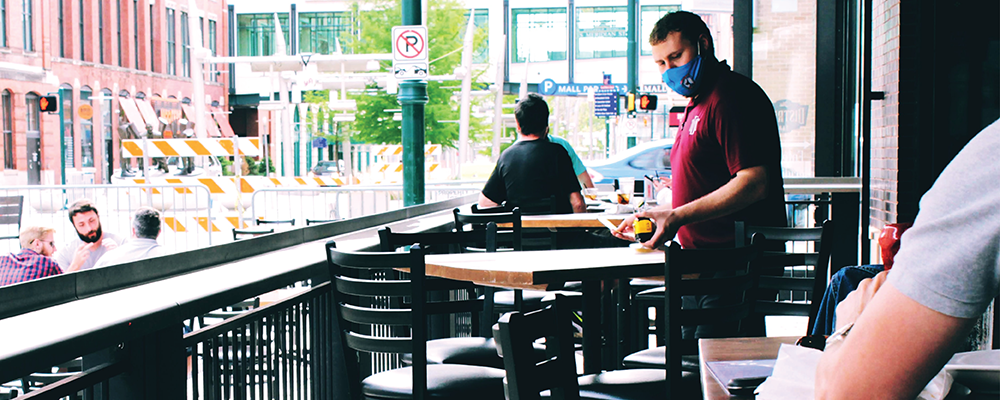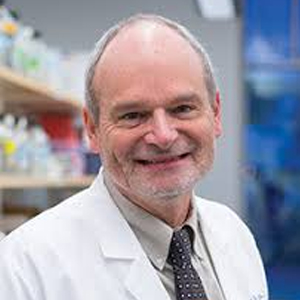
A doctor shares 7 steps he'll review to decide when and where it's safe to go out and about
As we return to some degree of normalcy after weeks of social distancing, we all need a plan. As an immunologist, I’ve given this a lot of thought personally and professionally.
When I venture out, I am first going to check the number of new COVID-19 infections in my community. In Virginia, for example, as of May 16, some health districts had 200 new daily cases and others fewer than 10. I am going to be less risk-averse when new cases fall to near zero.
Second, I will assess my risk for severe infection and the risk for severe infection for those I will be visiting. The CDC defines these risk factors as being over age 65 or having serious underlying medical conditions, which include chronic lung disease, moderate to severe asthma, serious heart conditions, immunocompromise, severe obesity (body mass index over 40), diabetes, kidney disease requiring dialysis, liver disease or living in a nursing home or long-term care facility. If I have one of these risk factors, or am visiting someone with one of these risk factors, I am going to be extra-cautious.
Third, I will draw from knowledge about how COVID-19 is transmitted. Airborne transmission and fomites, or contaminated surfaces such as doorknobs, are both means of infection. The SARS-CoV-2 virus that causes COVID-19 is stable in airborne droplets, or aerosols, for hours and on the surface of cardboard for a day and plastics for two days. A study in the New England Journal of Medicine, for example, showed that half of nursing home patients who had COVID-19 were without symptoms at the time of diagnosis, by nasal swab PCR test for the virus, and yet infectious to others. Normal speech generates oral fluid droplets which are potentially infectious but are captured by a cloth face mask, preventing transmission to others.
I am going to wear a mask to help prevent my giving the infection to others, avoid touching surfaces such as handrails, try not to touch my eyes or nose or mouth with my hands and wash my hands frequently.
I am going to try to stay outdoors, where the risk of infection from aerosols is less, and if indoors stay six feet distant from others and limit my time there.
I am going to assess my risk for infecting others. If I have a fever, cough or other flu-like symptoms, such as muscle aches or tiredness, I am not going to venture out and risk exposing others to COVID-19. Even if healthy, I am going to wear a mask when out so that I can protect others if I am unknowingly infected but pre-symptomatic.
While it is tempting to resume normal activities, I have to remember – and I hope you will, too – that my individual behavior affects not only my health, but also yours.![]()
This article is republished from The Conversation under a Creative Commons license. Read the original article.
Image credit: Danielle Rice/UnsplashEnjoy reading ASBMB Today?
Become a member to receive the print edition four times a year and the digital edition monthly.
Learn moreGet the latest from ASBMB Today
Enter your email address, and we’ll send you a weekly email with recent articles, interviews and more.
Latest in Science
Science highlights or most popular articles

The science of staying strong
Muscles power every movement, but they also tell the story of aging itself. Scientists are uncovering how strength fades, why some species resist it and what lifestyle and molecular clues could help preserve muscle health for life.

Bacteriophage protein could make queso fresco safer
Researchers characterized the structure and function of PlyP100, a bacteriophage protein that shows promise as a food-safe antimicrobial for preventing Listeria monocytogenes growth in fresh cheeses.

Building the blueprint to block HIV
Wesley Sundquist will present his work on the HIV capsid and revolutionary drug, Lenacapavir, at the ASBMB Annual Meeting, March 7–10, in Maryland.

Gut microbes hijack cancer pathway in high-fat diets
Researchers at the Feinstein Institutes for Medical Research found that a high-fat diet increases ammonia-producing bacteria in the gut microbiome of mice, which in turn disrupts TGF-β signaling and promotes colorectal cancer.

Mapping fentanyl’s cellular footprint
Using a new imaging method, researchers at State University of New York at Buffalo traced fentanyl’s effects inside brain immune cells, revealing how the drug alters lipid droplets, pointing to new paths for addiction diagnostics.

Designing life’s building blocks with AI
Tanja Kortemme, a professor at the University of California, San Francisco, will discuss her research using computational biology to engineer proteins at the 2026 ASBMB Annual Meeting.

